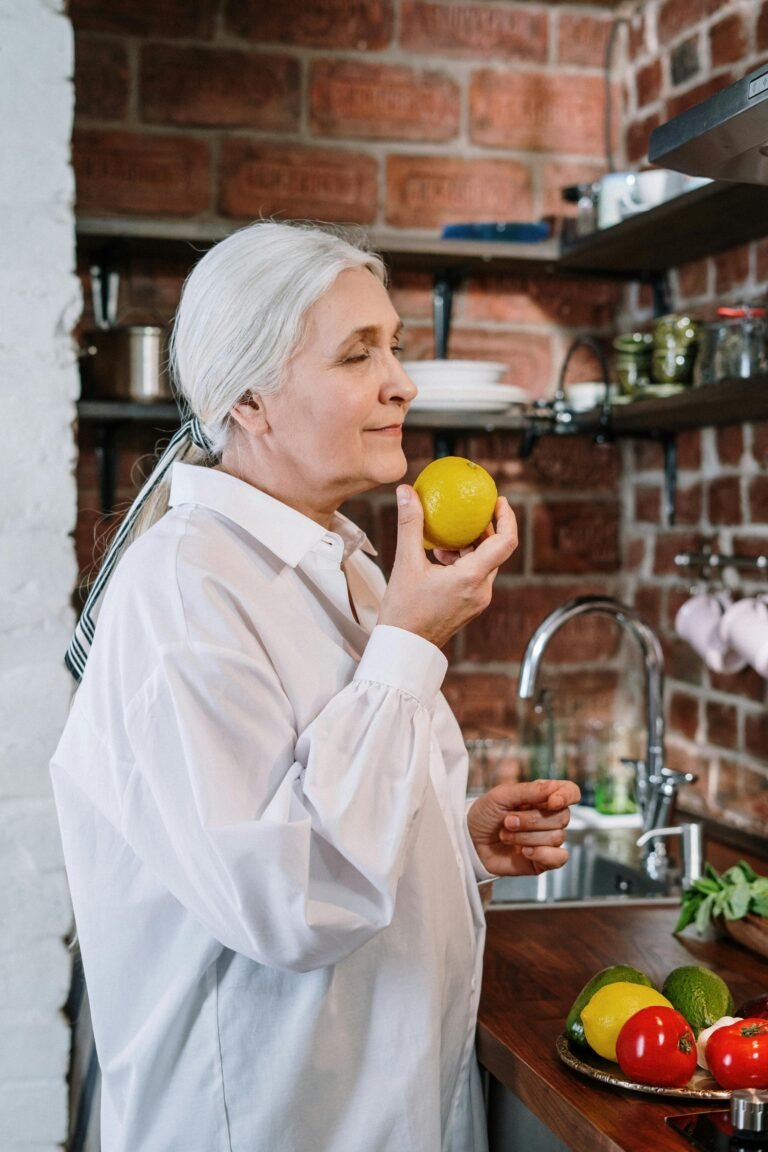Natural cosmetics: interview with Pucci Romano, Skineco
Is there a chemistry that is “friendly” to health, beauty and the environment? How can we orient ourselves in the choice of cosmetics? We talked about it with Pucci Romano, dermatologist and president of Skineco, International Association of Ecodermatology.

In the world of cosmetics , we are all looking for natural , healthy and at the same time effective products . But it is not easy to navigate the jungle of information that is transmitted to us by the media and advertising, by consciously choosing the most suitable products for our skin.
We talked about it with a professional who has dedicated her career to these issues: Pucci Romano , dermatologist and president of Skineco , International Association of Ecodermatology.
We usually think that, even in cosmetics, “natural” means “good” and “chemical” means “bad”. How much is it true?
First, we must remember that we are chemistry . Everything we do responds to chemical reactions, from simple breathing to the metabolic actions of our body. If we cook an egg or put water in the freezer, we trigger a chemical reaction.
Then, there is chemistry and chemistry. There is a lot of talk these days about the environmental disaster looming over our Earth , for which we are completely responsible. The chemistry that we manipulate badly, violating the rules of sustainability and ethics, is the enemy chemistry . But the chemistry that respects our vital parameters is friendly chemistry .
It is no coincidence that the Nobel Prize in Chemistry this year was won by green chemistry . If we can get rid of the plastic , which is a bad chemical act, then chemistry will. Let’s restore dignity to green chemistry, to friendly chemistry, to chemistry that respects the environment and people.
Cosmetics also fit into this context . We want chemistry to accompany us , in a sustainable and skin-friendly way, to create products that truly have a happy function for our skin .
On the safety of cosmetics, what are the most important guarantees that the law offers us?
Skineco is dedicated to a concept that had never been taken into consideration, namely the long distance in exposure to a product .
If I use a cream for ten days a year, it may not be the best but I don’t think I need to worry too much about my health. But what if I use it for twenty years every day?
Johnson & Johnson recently lost a lawsuit with a lady, because the connection between the daily application of talcum powder to the private parts for about twenty years and the onset of ovarian cancer was shown.
Having said that, how well protected are we? Obviously there is a law governing cosmetics. In 2013 the new European regulation entered into force which inserted some warnings on certain mutagenic and carcinogenic substances (a substance is mutagenic if it causes mutations in the genetic heritage of a cell, ed ).
What is important to point out is that there is no such thing as a safe by law . If a substance is approved this means that at this moment in principle we can rest assured, but perhaps over the years it can create some problems.
So the difference between “allowed” and “safe” lies in the observation period?
Let me give a practical example. According to a cultural movement that has established itself in recent years, a photoprotector must be included in normal everyday skincare . Today, for the creams on the market, containing a protection factor is a source of pride.
Well, if there are products that can cause problems in the long run, these are the chemical filters . So much so that a work table has been opened on endocrine disruptors , that is, the substances that interfere in our hormonal activities.
As it happens, most of these substances are present in sunscreens . In short, one thing is to put on the sunscreen 20 days a year when you go to the beach, one thing is to put it on every day.
In this period, much attention is paid to sunscreens, so much so that some companies are starting to eliminate certain substances from formulations .
Here, too, the link between skin and environment proved to be a winning one: what is good for the skin is good for the environment , and vice versa. The discovery of endocrine disruptors was born from the observation of the coral reef.
Read also

Palau and the ban on the use of sunscreen
The reef can be compromised by al …
Hence the concept of “eco-thermal compatibility” …
The concept of eco -thermal compatibility is our originality, because for the first time we have combined two dimensions: cosmetics must be good for both health and the environment.
Biodegradable packaging is welcome, but we cannot forget the cream that is inside: is it really similar to the skin? Works well? Does it keep its promise?
What does Skineco do?
Skineco is not a certifying body, but a team of professionals who make their expertise and experience available.
We strive to create synergies between all those who revolve around the planet “skin” . If you make a moisturizer, do you know the hydrolipid film? Do you know skin microbiota disorders? Do you know what vegetable fat can do instead of mineral fat? This is our mission.
We have opened our doors to companies that want to change . Even if their products are not yet 100% as we would like them, we help them begin a path of repentance.
Have you met companies ready to question themselves?
Skineco was founded in 2008, eleven years ago. At first we were looked at as white flies , sometimes even mocked. We struggled a bit to be taken into consideration, both by companies and by dermatologists.
But in my opinion we were able to interpret an attitude that was spreading: the desire to be protected at 360 degrees .
Above all, we have understood that beauty passes through health . The so-called millennials do not chase seduction at all costs, but want to feel healthy and protected, even through a simple cream.
Today the consumer has changed , he is cultured, he wants answers. A movement was born and we were able to grasp it.
For consumers, you have launched an app, EcoBioControl. How does it work?
The most difficult task is precisely to protect the consumer : the only way is to train him and transmit knowledge . In addition, in the field of cosmetics some topics (such as reading the Inci ) are a bit complicated .
We therefore felt the need to have a tool that would make life easier for those who wanted to feel calmer. One of the pillars of Skineco ( Fabrizio Zago ), after having cataloged thousands of substances , has transferred the fruits of a life of work to the EcoBioControl app ,
Now anyone, without being a scientist or a chemist, can evaluate the quality of the products they buy thanks to this app that assigns a traffic light rating to their composition .
In addition to the green, yellow and red stamp , there is also the black stamp , which indicates the presence of substances that were once approved but then were banned.
As consumers, what are the wordings and promises we should be wary of?
Meanwhile, no cosmetic can change the fate of our skin in a radical way . The honest cosmetic does not replace the skin but puts it in a position to perform its functions.
The skin , in fact, knows how to do its job very well . Trying to violate it is a strategy that doesn’t pay off in the long run. Much more effective is to use a product that respects the hydrolipidic film, which helps it to reform itself, which does not alter the balance of our good germs, which sets natural reactions in motion and so on.
Obviously everything is easier at twenty, we cannot expect a cosmetic to make us rejuvenate by a miracle !
In short, the skin is a friend, not an enemy.
Of course, the skin must be respected and put in a position to feel good .
Let me give another example. I had fun contradicting the skincare pyramid launched by American dermatologists layer by layer : at the base they put sunscreens, then retinoids (which are not even cosmetic in their own right, because they are almost within the scope of the drug).
My pyramid instead starts from cleansing , which is the first act of love for the skin. The second layer is made up of ” normalizers “: it is a definition that I prefer over that of “anti-wrinkle”, because the cosmetic puts in order what is not working and acts where it is needed.
I have also received very positive feedback from American consumers, who appreciated this variation on the theme!




























+ There are no comments
Add yours